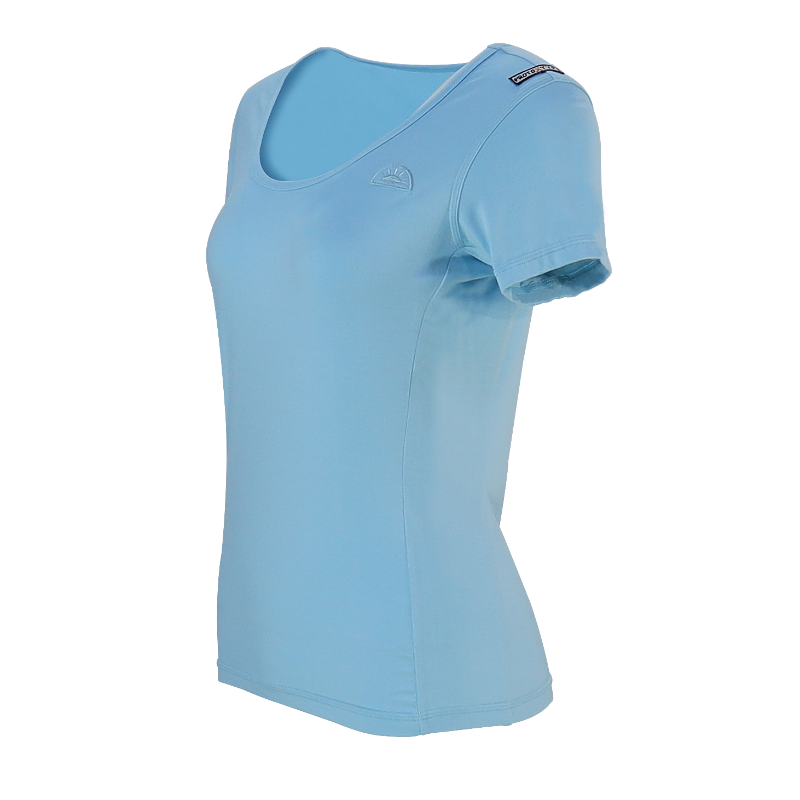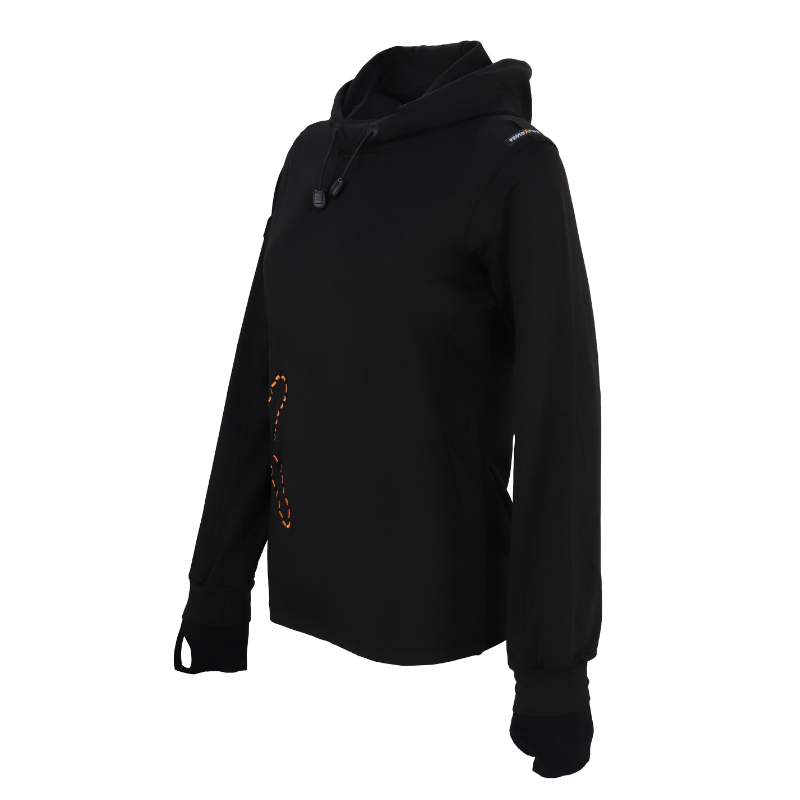Hemp fabric is considered one of the most sustainable fabrics on the market: let’s see together why!
First of all, the hemp plant requires very little water and a limited amount of land to grow. Its cultivation requires 50% less water than cotton, and also has a higher yield: a single hectare of hemp produces the same amount of fiber as two hectares of cotton.

Furthermore, hemp plant does not need large quantities of pesticides, fertilizers or herbicides, and within three months the hemp plant grows up to five meters.
It is also able to return 60-70% of the nutrients it takes from the soil and it can absorb from 8 to 22 tons of carbon dioxide per year.
The hemp fabric obtained from this plant tends to be one of the strongest and most resistant organic fibers available today. Hemp fabric clothing can get to have three times the resistance compared to traditional cotton, and unlike cotton, there is no release of microplastics during washing.
The hemp fabric is biodegradable, compostable and recyclable.
Each part of the plant is used in different ways:
– the fibrous part that is on the outside, and it is intended for textile use
– the internal and more woody part of the plant is used in the construction industry
– from the seeds of the hemp plant, oils can be obtained for agriculture and food, cosmetics or biofuel production
– parts of the plant are also used to produce paper, or hydraulic seals and packaging.
Italy at the beginning of the twentieth century had 80,000 hectares of hemp cultivation and until the 1950s, this country was considered the first world producer in terms of fabric quality.
The decline of hemp cultivation coincided with the increase in the production of less expensive fibers, such as cotton.
In the last 5 years, the situation has changed again: in Italy, nowadays there are approximately 4,000 hectares where hemp is cultivated. However, these crops are mostly used in the construction industry and above all in the food sector.
A large-scale return to industrial hemp would undoubtedly be a huge step forward for the sustainable textile industry.
That’s why we at ProtoXtype decide to treat fabrics such as hemp, organic cotton and bamboo.







